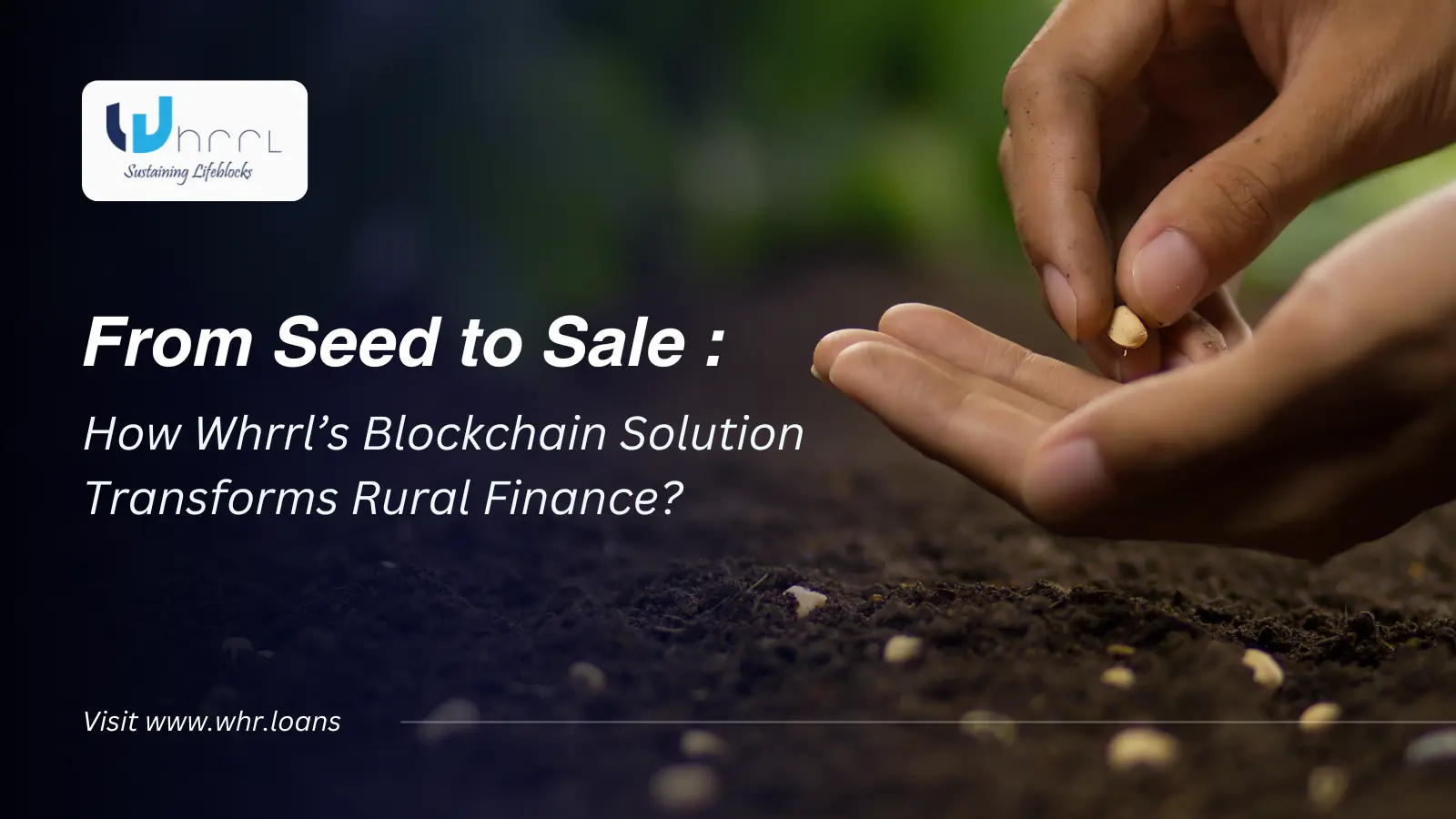
In the heart of rural India, farmers begin each season by planting seeds with the hope that these tiny grains will bring forth a prosperous harvest. But the journey from seed to sale is far from simple. Farmers face daunting challenges, from unpredictable weather to fluctuating market prices. Additionally, long crop cycles—ranging from six to twelve months—mean that farmers must sustain their operations over extended periods, often without immediate returns.
This lack of liquidity can drive farmers to sell their harvests prematurely at a loss, known as "distress sales." Without immediate access to fair financing options, farmers often receive only 30-50% of the crop's yearly average value, resulting in lower-than-expected earnings. Compounding these challenges is the fact that smallholder farmers often struggle to secure loans due to limited collateral, and traditional financing solutions can be complex and biased toward traders, not farmers.
Whrrl: Transforming Agricultural Finance Through Blockchain Technology
Whrrl addresses these issues by offering a blockchain-integrated digital lending and trading platform that brings together farmers, warehouses, and banks. Through this digital ecosystem, farmers can access instant credit by using their crop deposits in affiliated warehouses as collateral, allowing them to avoid distress sales and maintain financial stability until they are ready to sell.
By utilizing blockchain, Whrrl ensures transparency and security, minimizing the risk of fraudulent transactions that often plague the agriculture finance sector. This innovation significantly reduces the underwriting costs for banks, making credit more affordable for farmers.
How Whrrl Works: A Step-by-Step Journey
- Warehouse and Lender Onboarding: Whrrl partners with both government and private warehouses and onboards various lenders onto its blockchain platform, creating a trusted network.
- Farmer Access via Mobile App: Farmers log into the Whrrl mobile app, locate a nearby warehouse, and book a storage slot for their harvest.
- Crop Deposits and Verification: Farmers transport their harvested crops to the warehouse, where quality and quantity checks are conducted. Once verified, the warehouse generates a blockchain-based, tokenized receipt, shared instantly with the farmer via the app.
- Loan Application: Using the mobile app, the farmer selects their warehouse receipt and applies for a loan. This information is securely shared with lenders in Whrrl's banking marketplace, allowing for real-time loan issuance. For those without smartphones, warehouse operators can assist with the application at on-site kiosks.
- Loan Disbursement and Collateral Management: Upon approval, the loan amount is credited directly to the farmer’s bank account. An auto-lien is placed on the warehouse-stored commodity, providing security for the lender.
- Commodity Sale and Loan Repayment: When ready, the farmer can sell their warehoused crop to a pool of online buyers via the app. Proceeds from the sale go toward repaying the bank loan, and any remaining funds are directly deposited into the farmer's bank account using an escrow system.
Whrrl is redefining rural finance by removing traditional barriers to credit and replacing costly local lending with accessible, fair solutions. Through blockchain’s transparency and security, Whrrl is helping farmers break the cycle of debt and gain financial independence. The platform not only aids farmers in retaining control over their produce but also strengthens India’s rural economy.
Whrrl exemplifies the potential of fintech in transforming agricultural finance. With this innovative, blockchain-based approach, farmers are no longer bound to survive under financial strain; they can thrive, driving a revolutionary change for India’s rural economy and the larger financial ecosystem.
